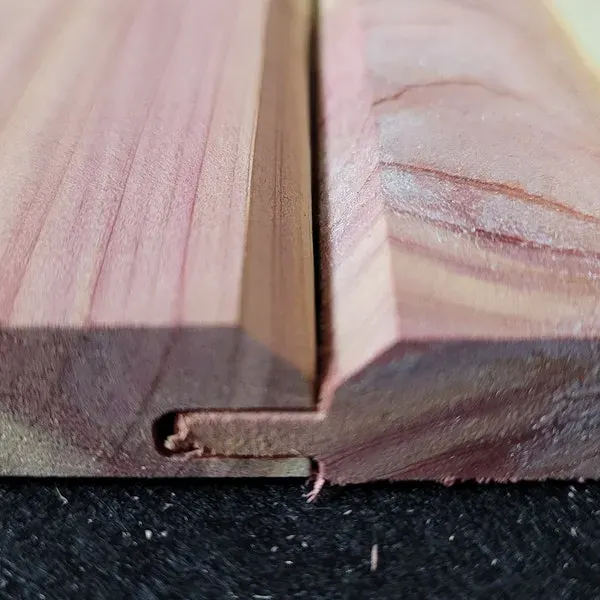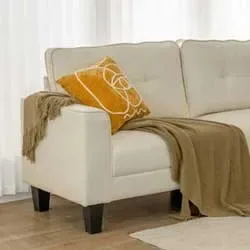Top Reasons for using either Cedar vs. Pine: Which Wood Is Best for Your Project
Cedar: Durable and Aromatic
Cedar is a softwood prized for its natural resistance to decay, insects, and moisture, making it an excellent choice for outdoor projects like decks, fences, and patio furniture. Its aromatic qualities repel pests and enhance storage pieces like chests or closets. Cedar’s natural reddish hue and fine grain add aesthetic appeal without the need for excessive staining. While more expensive than pine, its longevity and low-maintenance features justify the investment for projects requiring durability.
Pine: Affordable and Versatile
Pine is a versatile and budget-friendly softwood, making it a popular choice for indoor furniture, cabinetry, and general woodworking. It’s lightweight, easy to cut, and accepts paint and stain exceptionally well, allowing for a variety of finishes. However, pine is less resistant to moisture and insects, making it better suited for indoor or treated applications. Its soft surface is prone to dents and scratches, but its affordability makes it ideal for DIY projects or high-turnover items.
Styles That Embrace using either Cedar vs. Pine: Which Wood Is Best for Your Project
Rustic Charm
Both cedar and pine are perfect for creating rustic-style furniture and décor. Cedar’s natural grain and reddish hue bring warmth and character to farmhouse tables, benches, or outdoor pergolas. Pine, with its knots and lighter tone, lends itself to rustic pieces like bed frames or coffee tables, especially when distressed or stained for an antique effect.

Modern Minimalism
For sleek and minimalist designs, pine’s smooth surface and light color are excellent choices. Its versatility allows for clean lines and simple finishes that align with contemporary aesthetics. Cedar’s refined grain can also suit modern designs when treated with a clear finish, adding a natural yet polished look to minimalist spaces.

Traditional Elegance
Traditional interiors often benefit from cedar’s rich color and fine grain. Cedar chests, wardrobes, and paneling exude timeless beauty, while pine’s affordability makes it an accessible choice for creating classic furniture pieces with intricate detailing and painted finishes.

Quick Tips for Embracing the use of either Cedar vs. Pine: Which Wood Is Best for Your Project
Understand the Project’s Purpose
Consider where and how the wood will be used. Cedar’s natural resistance to moisture and pests makes it ideal for outdoor furniture, siding, or fencing, while pine works well for indoor furniture, shelves, or decorative elements.
Evaluate Budget Constraints
If cost is a significant factor, pine is often more affordable and widely available. Cedar, while pricier, offers long-term value due to its durability and natural properties. Choose based on your project’s scale and budget flexibility.
Focus on Aesthetic Preferences
For warm, rich tones with a natural grain, cedar is an excellent choice. Pine’s lighter color and smooth surface are perfect for painting or staining to match your design style. Select the wood that best complements your intended look.
Account for Maintenance Needs
Cedar requires minimal maintenance due to its resistance to decay, making it ideal for low-maintenance projects. Pine, while less durable, can last a long time with proper sealing and regular care, especially when used outdoors.
Leverage Wood Properties
Use cedar for projects requiring lightweight yet durable material, such as garden planters or outdoor furniture. Pine, being softer and easier to work with, is suitable for intricate woodworking or large indoor furniture pieces.
Combine Both Woods
For a dynamic aesthetic, mix cedar and pine in the same project. For example, use cedar for outdoor elements requiring durability and pine for decorative touches or painted finishes, achieving a cost-effective and balanced design.